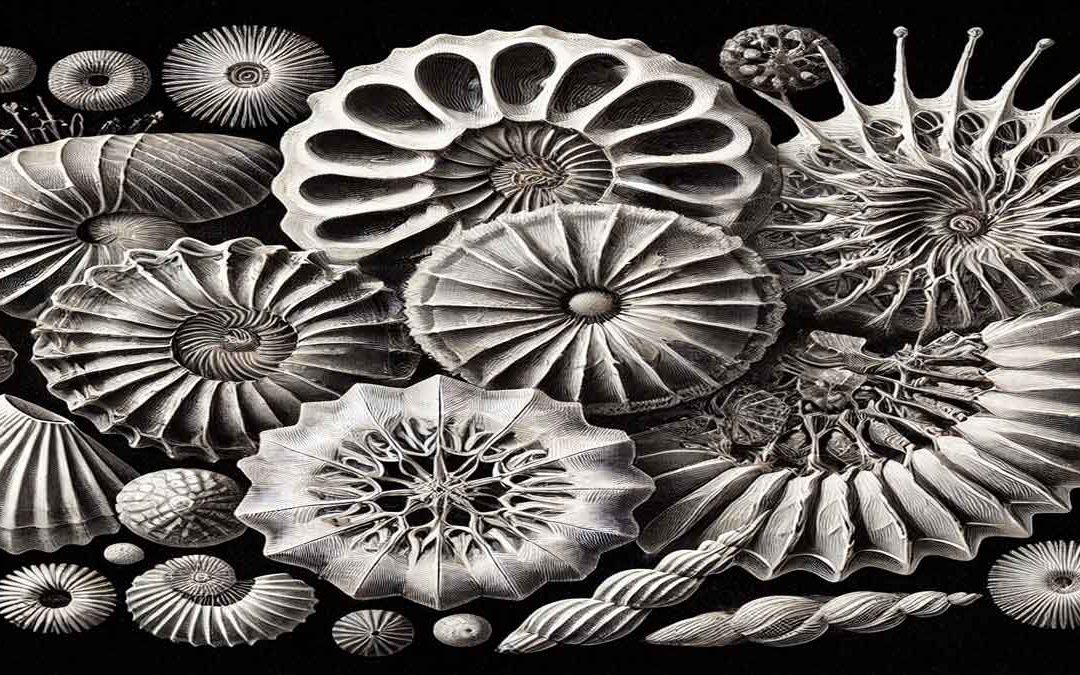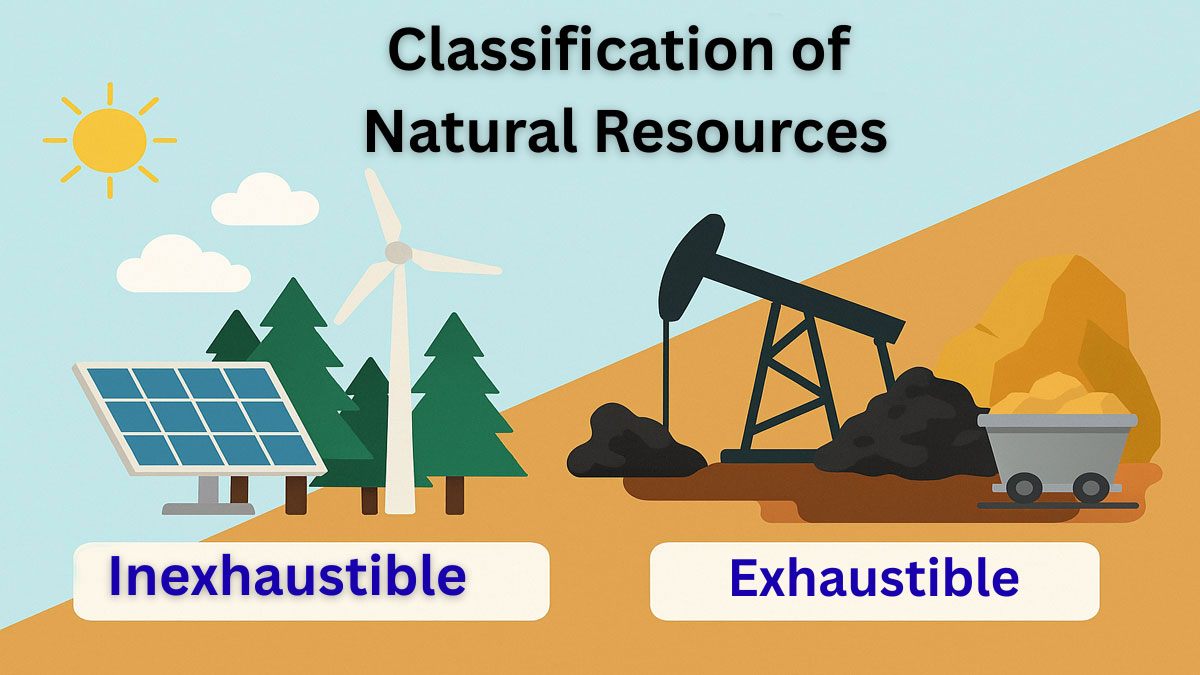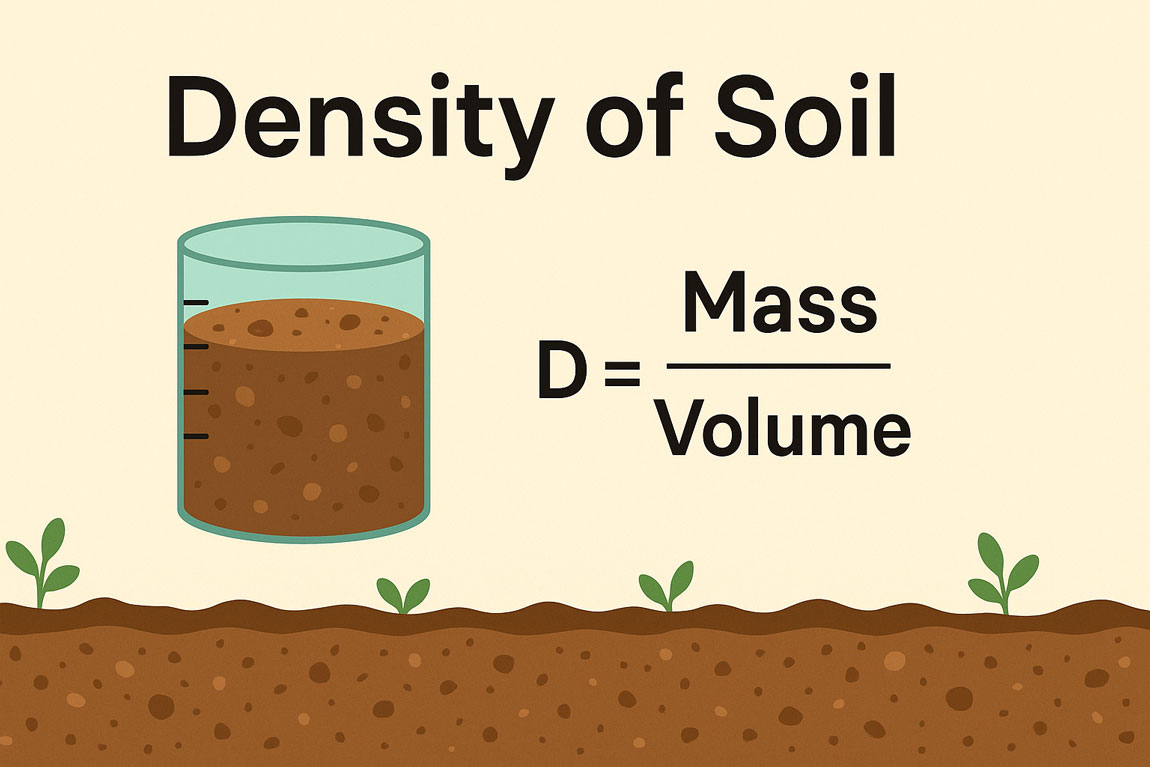The Ecological Factors of Foraminifera:
The ecological factors that control the distribution of foraminifera in marine environments are:
Food:
Foraminifera plays a prominent role in marine ecosystems as micro omnivores. They feed on- (a) Protozoa, (b) algae, (c)protists, (d) Invertebrates (e) some dead organic particles.
The high diversity of foraminifera assemblage strongly suggests a wide range of available food resources. Planktonic foraminifera tends to thrive in regions of oceanic upwelling because their primary food, phytoplankton, is abundant in those regions.
Substrate:
Silty and muddy substrates are often rich in organic debris, and small pore spaces contain bacterial bloom and are thus attractive to form a large population. In such places, many species are thin-shelled, delicate, and elongated.
Large pore spaces of sand and gravel are poor in nutrients and thus support the sparser population. Foraminifera of such substrates may be thicker-shelled, heavily ornamented, and of biconvex or fusiform shape.
Although foraminifera have been found living up to 200 mm below the sediment surface, the majority are found within the top 10 mm or live at the surface.
Foraminifera, which prefers hard substrate in rock, Shell, grasses, and algae, are normally attached, either temporarily or permanently, by a flat or concave lower surface.
Light:
The zone of light penetration in the oceans is affected by water clarity and the incident angle of the Sun’s rays. Hence, the photic zone is deeper in tropical waters (<200 m) and decreases in depth towards the poles.
This zone is rich in planktonic and benthic algae and attractive to forms, particularly the Porcelaneous Miliolina and the larger forms.
Temperature:
Each species is adapted to a certain range of temperature conditions. Generally this range is narrowest for low-latitude faunas adapted to stable tropical climates.
In ocean water stratification, the lower layer is progressively cooler, where tropical surface water’s average temperature is 28 degrees Celsius, and bottom waters of abyssal plains may average less than 4 degrees Celsius.
Cooler deeper water may be characterized by cooler water benthic assemblage, that otherwise are found at shallow depths near the pole. Planktonic foraminifera are found in cooler devoured water, which shows lower test porosity.
Salinity:
The majority of foraminifera are adapted to normal marine salinities (about 35%), and it is in such conditions that the highly diversity assemblages are found. The low salinity of brackish water lagoons and marshes favor low-diversity assemblages of agglutinated foraminifera.
CaCO3:
The solubility of CaCO3 is less in warm than cool water. This is past accounts for the thicker test and occurrence of the foraminifera test and the occurrence of the foramasterid test and oozes at low altitudes.
Nutrients and Oxygen:
The bio-limiting nutrients of phosphate and nitrate exert considerable control over the rates of primary productivity in seas and oceans. Where the rate of food supply is low, as in the deep sea, foraminiferal densities tend to be low (<10/10 cm2), but diversity can be high.
Application of foraminifera:
The applications of foraminifera are given below:
- Foraminifera have an intricate morphology in which evolution changes can be readily traced.
- Planktonic foraminifera provide a significant intercontinental correlation of Mesozoic and Cenozoic rocks.
- Benthic foraminifera are used as indicators of the depth of deposition.
- Foraminifera are used in paleo-ecology and paleo-oceanography.
- Foraminifera can be used in pollution monitoring






